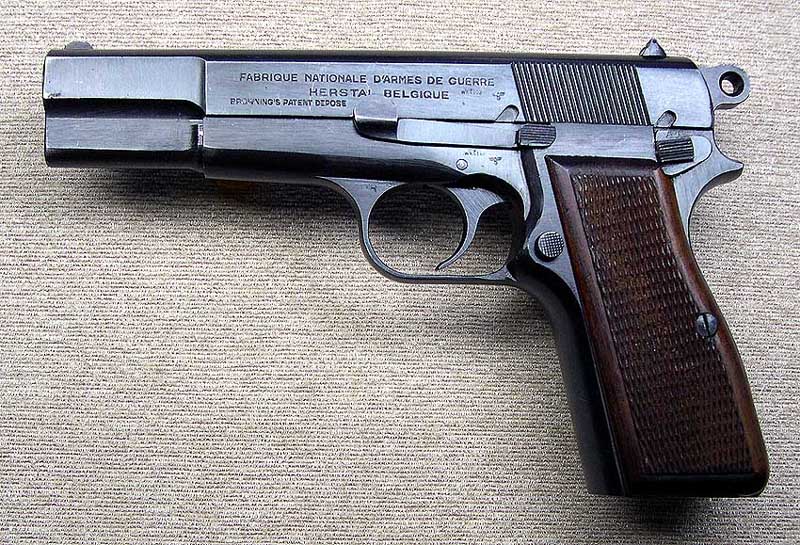Back in the 80's I bought a new Colt 1911 in 9mm and began loading for it. I used Lyman 356402 primarily and really had no problem with performance, accuracy was acceptable but not as good as 38 Special and others I was also loading for. That 9mm became a Super 38 that was more accurate. Then came a Taurus PT99, had some good loads for it using the 356402 and commercial cast TC bullets. Then a BHP, same loads for the Taurus worked OK in the BHP but not great. All of this was with bullets of 356 size. Now I think the BHP would have like a larger bullet. My Witness 9mm also shot the loads fine.
My only dies are an RCBS 9mm carbide set I bought back in the 80's. The FL die appears to have a long insert that does taper size the brass. Maybe I'm wrong, don't have a measuring tool to prove it. But, I have measured cases as fired and then sized and the measurements (caliper) are smaller all along the case, base to mouth. Now I have a Caspian-based 9mm custom build and an XDM 5". Still use the Lyman 356402 but primarily now the Lee 356120TC and CR lube. The Caspian is the most accurate followed closely by the XDM, then the Witness. None of these 3 shoot any better with 357 bullets and 358 bullets will not chamber, so I continue to use .356 size. I do get light leading (no build up even after 4-500 rounds) but it cleans right up with usual brush and patch. Not sure this helps your quest any, but that is my experience.
Oh, I do have Ruger Blackhawks with 9mm cylinders but never use them.

|
   
   
|


|









 Reply With Quote
Reply With Quote





















